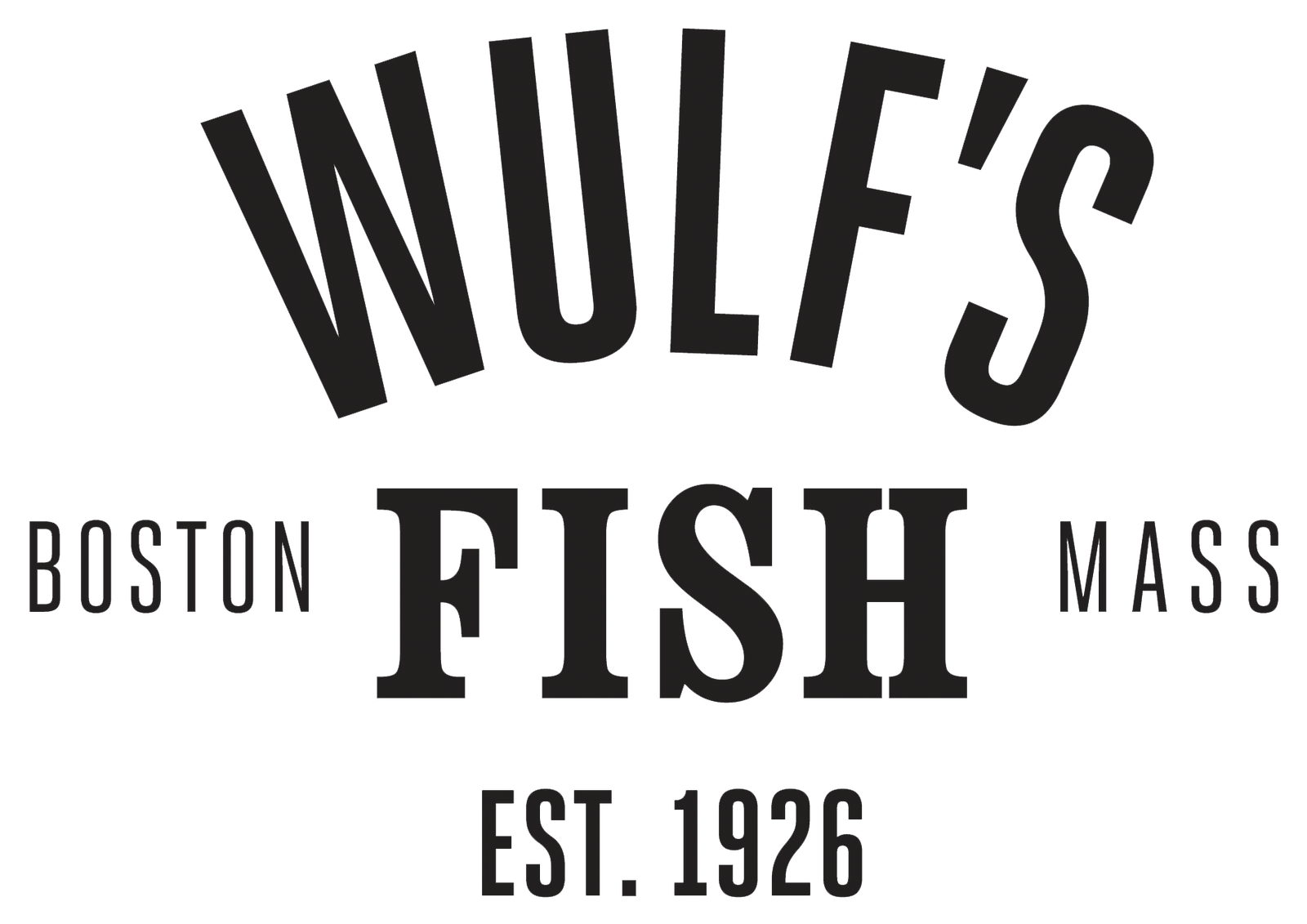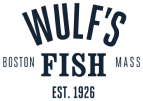
There’s a new seafood item trending on menus and it’s one we don’t have to worry about overfishing. For decades, green crabs have been seriously threatening native shellfish populations along US coasts, and now some chefs have decided it’s time to fight back — from the kitchen.
An invasive species that found its way to our shores from Europe in the 19th century, green crabs are relentless predators of native clams and oysters, compete with native crustaceans for food, and destroy eelgrass and marsh habitats. Now chefs are turning the tables on these little crabs to help us eat them.

Green crab bisque by Chef Chuck Draghi at Alcove.
Destructive Problem
To get the crabs to chefs and home cooks Boston-based seafood distributor Wulf’s Fish is sourcing the crabs from Zack Appeltofft, a shellfish harvester in Essex, Massachusetts. “I’m a clammer, so I care about the clams, but what they’re doing to the marsh is worse,” says Appeltofft on the ecosystem destruction they cause. Green crabs are now so abundant in the area that traps fill quickly. “The hardest part about crabbing is selling them,” says Appeltofft.
Non-profit organization Greencrab.org exists to bridge that gap and helped make the connection with Wulf’s Fish. "Green crabs might be considered a problem here, but in their native range they're used in a wide variety of cuisines and often considered a delicacy. Our role is to connect green crab harvesters, wholesalers, fish markets, and restaurants and educate them on the culinary potential of green crabs to help build supply chains and get people excited about a tasty, sustainable seafood," says Mary Parks, founder of Greencrab.org.
Getting the crabs from the water to the city is an additional challenge for an item without an established market. Raeme Merlos, owner-operator of Castle Hill Lobster Company in Ipswich, Massachusetts is transporting the crabs into Boston as a volunteer to make this new effort work. “We’re happy to be a catalyst,” says Merlos. “The more green crabs we can catch and get rid of, the better off everyone will be.”

Razor clams in green crab butter by Chef Brian Rae at Faccia Brutta.
Delicious Solutions
“Some in the industry dismiss green crabs as just good for bait, but American chefs and diners have broadened their palettes to include all kinds of seafood that wasn’t on the menu a few decades ago,” says Desiree Antczak, Wulf’s Fish Director of Sales. “Squid was considered bait too, and now fried calamari is everywhere. Why not green crabs? They’re an abundant resource and eating them is actually good for the environment.”
Chefs around Boston and beyond are answering the challenge. Chef Chuck Draghi of Alcove has been a fan of green crabs since he first encountered them. “Growing up Italian, we ate for dinner what other people used for bait,” says Draghi, so the crab’s reputation didn’t deter him one bit. He put razor clams on the menu before many Boston diners knew they were edible, and now they sell out. With a reliable supply of green crabs from Wulf’s Fish, Draghi has added the Furlong Bisque to his menu in honor of Mike Furlong, a pioneer of green crab harvesting and promotion who was lost at sea.
Beyond environmental motives, green crabs have distinct culinary benefits of their own. Aromatic and flavorful, green crabs make a full-bodied stock when used whole. “They have so much flavor that I need about half as much green crab to make a bisque as I would lobster bodies,” says Draghi. “You could make a bisque with Jonah crab or blue crabs, but the green crabs have more flavor.”
Chef Brian Rae of the newly opened Faccia a Faccia (the newest restaurant by Ken Oringer & Jamie Bissonette) is making a green crab butter to accompany a dish of razor clams, morel mushrooms and spring onions. He roasts the crabs then lets them infuse their flavor into the butter. “What interested me about the crabs initially was the sustainability issues. Hearing that they are an invasive species made me want to try and help. Once we got them in and roasted them, I knew they would be great for Faccia Brutta's crab butter. They have an interesting minerality that adds dimension to the crab butter.”
Chef Robert Sisca is getting onboard with green crabs with a new dish of garganelli pasta, octopus “bolognese,” green crab spicy ragu, and manchego cheese for Dine Out Boston at his restaurant The Banks Fish House. “Since these crabs are an invasive species and predator of clams and scallops, I knew I had to try and use them in a dish. Growing up a huge memory of mine is my mom’s tomato sauce using blue claw crabs. Although these are not blue claws, by combining them with octopus, they give a very similar taste, and it really reminds me of my childhood,” says Sisca.
In addition to supplying chefs, Wulf’s Fish is making green crabs available to home cooks. Green crabs are sold in 3 lb bags of super-frozen whole crabs (retail $13) here.
Learn more about the true cost of green crabs:



